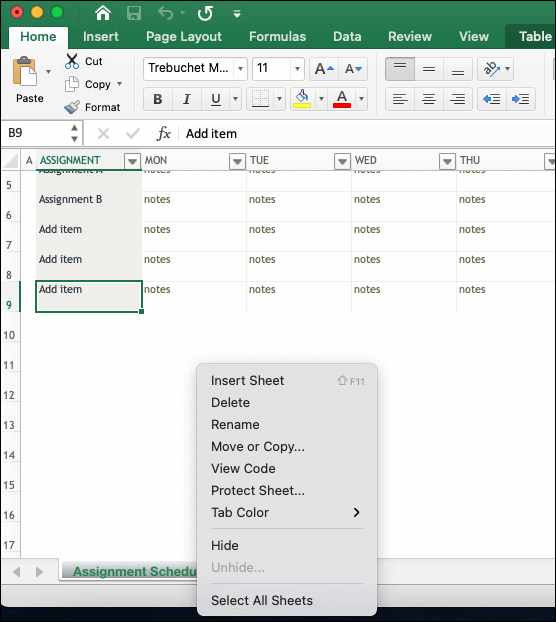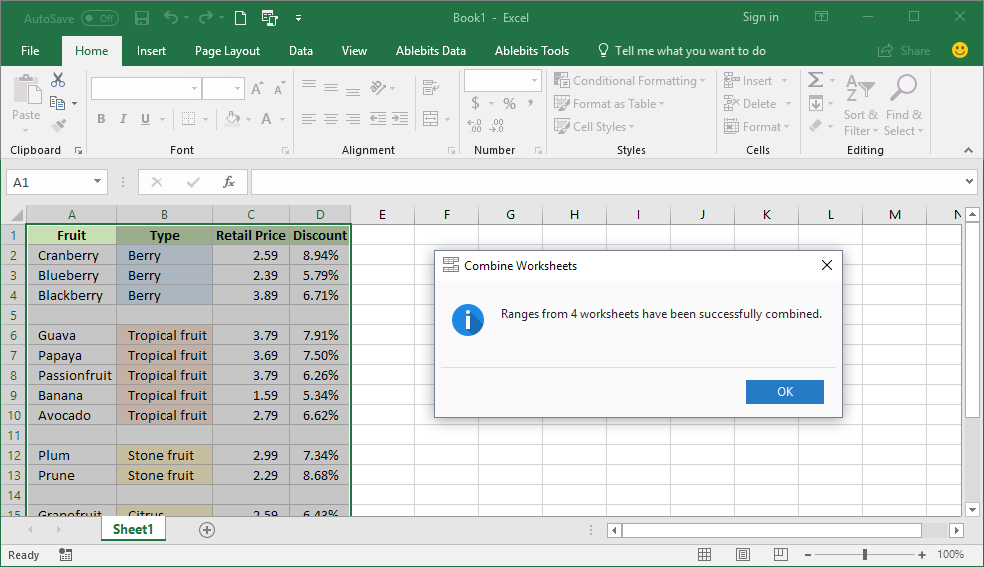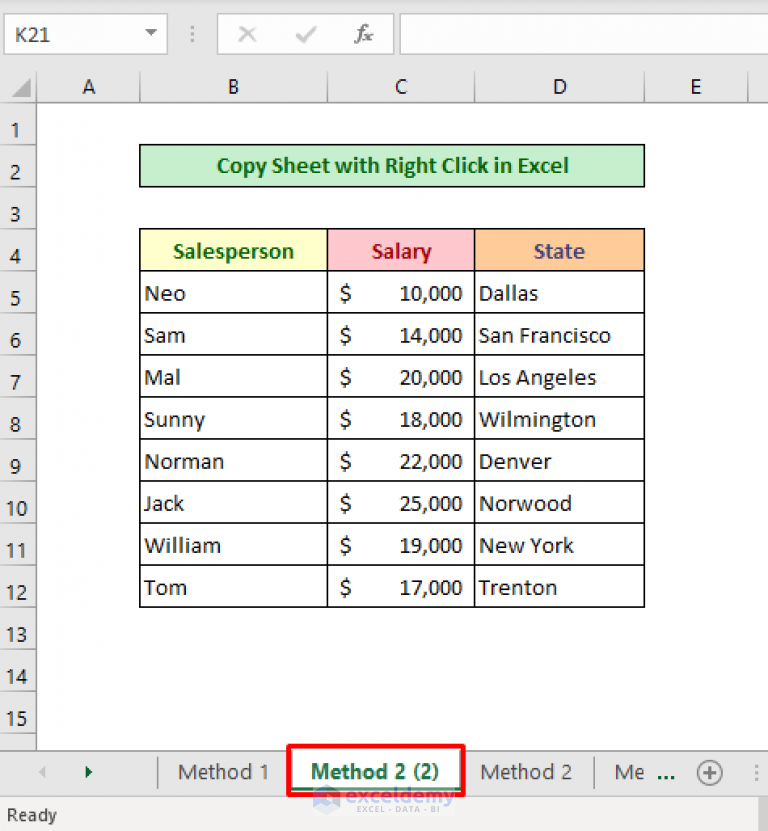3 Quick Ways to Transfer Excel Sheets

Excel sheets are often the backbone of any data-driven environment, from small businesses managing inventory to analysts tracking stock markets. Sharing or transferring Excel sheets efficiently can streamline workflows, increase productivity, and ensure data accuracy. Here, we delve into three quick methods to transfer Excel sheets, ensuring your data management is seamless and secure.
1. Email Attachments: The Quickest Route

One of the most straightforward ways to share Excel sheets is through email attachments:
- Compose an Email: Open your preferred email client or service.
- Attach the Excel File: Click on the attachment icon, navigate to your Excel file, and add it to the email.
- Add Recipients and Send: Enter the email addresses of the recipients, write a brief message, and send the email.
Although this method is simple, consider the following:
⚠️ Note: Large files might get flagged by email providers or might not be deliverable at all. Always ensure your Excel files are within the attachment size limit of your email service.
2. Cloud Storage Solutions: Share with Ease

Cloud storage solutions provide another efficient way to transfer Excel sheets:
- Upload to Cloud: Use services like Google Drive, Dropbox, or OneDrive to upload your Excel file.
- Share the Link: After uploading, you can generate a shareable link. You can choose whether recipients can view, edit, or comment on the file.
- Optional Features: Many cloud services offer the ability to set expiry dates for links or require password access, enhancing security.
This method is ideal for real-time collaboration:
💡 Note: Cloud storage allows for automatic backups and the ability to edit the file in real-time with others, making it a preferred choice for teams.
3. Direct Sharing via Excel Online:

If all parties have access to Excel Online:
- Open Excel Online: Navigate to Excel Online or Microsoft 365, where you can create or open an Excel file.
- Share Button: Click the ‘Share’ button located at the top right corner of the Excel document.
- Choose Access: You can invite people to view or edit the document by adding their email or creating a shareable link with specific permissions.
This method ensures:
- Changes are updated instantly.
- Multiple users can work on the document simultaneously.
- You can track changes if enabled.
In wrapping up, each of these methods for transferring Excel sheets has its strengths. Email is universally accessible but might face file size limitations. Cloud storage offers robust sharing options and collaboration tools, while Excel Online provides an integrated environment for teamwork. By selecting the right tool for your needs, you can ensure that data sharing is not only quick but also secure, maintaining the integrity and confidentiality of your data. Remember, the goal is to facilitate workflow efficiency, and understanding the nuances of each method will help you make informed choices.
What is the safest method to share Excel files?

+
The safest method often involves cloud storage solutions where you can control access and set security measures like passwords or expiration dates for shared links.
Can I share an Excel sheet for collaboration without transferring the file?

+
Yes, with services like Excel Online or Google Sheets, you can collaborate in real-time without transferring the file. You share access to edit or view the document directly online.
How do I ensure the privacy of my Excel data when sharing?

+
Use cloud storage with customizable permissions. Ensure you set the link to allow view or edit access only, remove editing access when no longer needed, or set the link to expire after a certain time. Also, consider using password protection for sensitive files.



